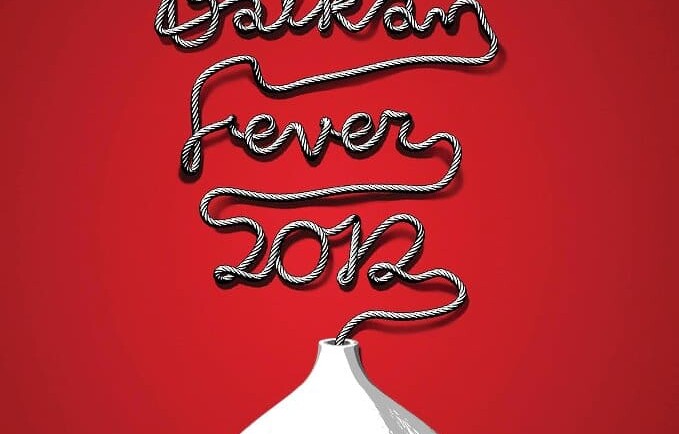
26 April – 13 May 2012, Vienna
After a year of creative recess we return with another superb festival. Launched in 2004, Balkan Fever evolved into the biggest European event of its kind. No other locale could conceivably be better suited than Vienna, it always having been the most northern metropolis of Southeast Europe, that site from which the fate of the Balkans was affected in manifold ways.
We are often reminded that the «Balkan Boom» is over, the train long out of the station. We rejoin: thank god it is over! Because now that we had enough of trumpet madness and Balkan disco, maybe we will listen even more closely to what else this immeasurably rich cultural space between Vienna and Istanbul has to offer and for which, by the way, Balkan Fever has been a welcoming platform from its inception. Thus: the waning of the Balkan boom (if there ever was such a beast) is the best thing that could happen to us, because it will open up new audiences for us.
Not that we wouldn’t know how to appreciate good Gypsy brass and hot Balkan and Oriental dancefloor which always played an important role at Balkan Fever – but indeed not the main one. Let’s recall once more: what was it Balkan Fever stood for programmatically? First and foremost for transcending and not enshrining national boundaries, for demanding world music, interesting traditional music (no folklore), for Jazz (ethnically inspired or not), underground rock and independent music, and increasingly electronic music as well. Ecstasy and high standard forever reconciled!
Balkan Fever 2012 again will cover as broad a spectrum as possible with its planned 13 concerts spread over five venues: Porgy & Bess, Sargfabrik, RadioKulturhaus, Ost Klub and Replugged. Musicians from 14 nations working with musical forms blended in every imaginable way will reveal the Balkan area as a creative, multifaceted and modern region and guarantee a thoroughly diverse audience profile: jazz, rock, punk, funk, dub, ska, reggae, afro, latin, chanson, pop, ambient, heavy metal, rhythm & blues, protest songs and of course fascinating ethnic music in its pure state or in every conceivable combination of said styles: gypsy-brass, Hungarian, Serbian, Bosnian, Romanian, Macedonian, Bulgarian, Albanian, Greek, Armenian, Persian, Jewish-Sephardic and Yiddish-Eastern European folk. Make your choice! Go for the known and appreciated but also for the unknown, still to be acquired taste.
[Source: Official Press Release]
